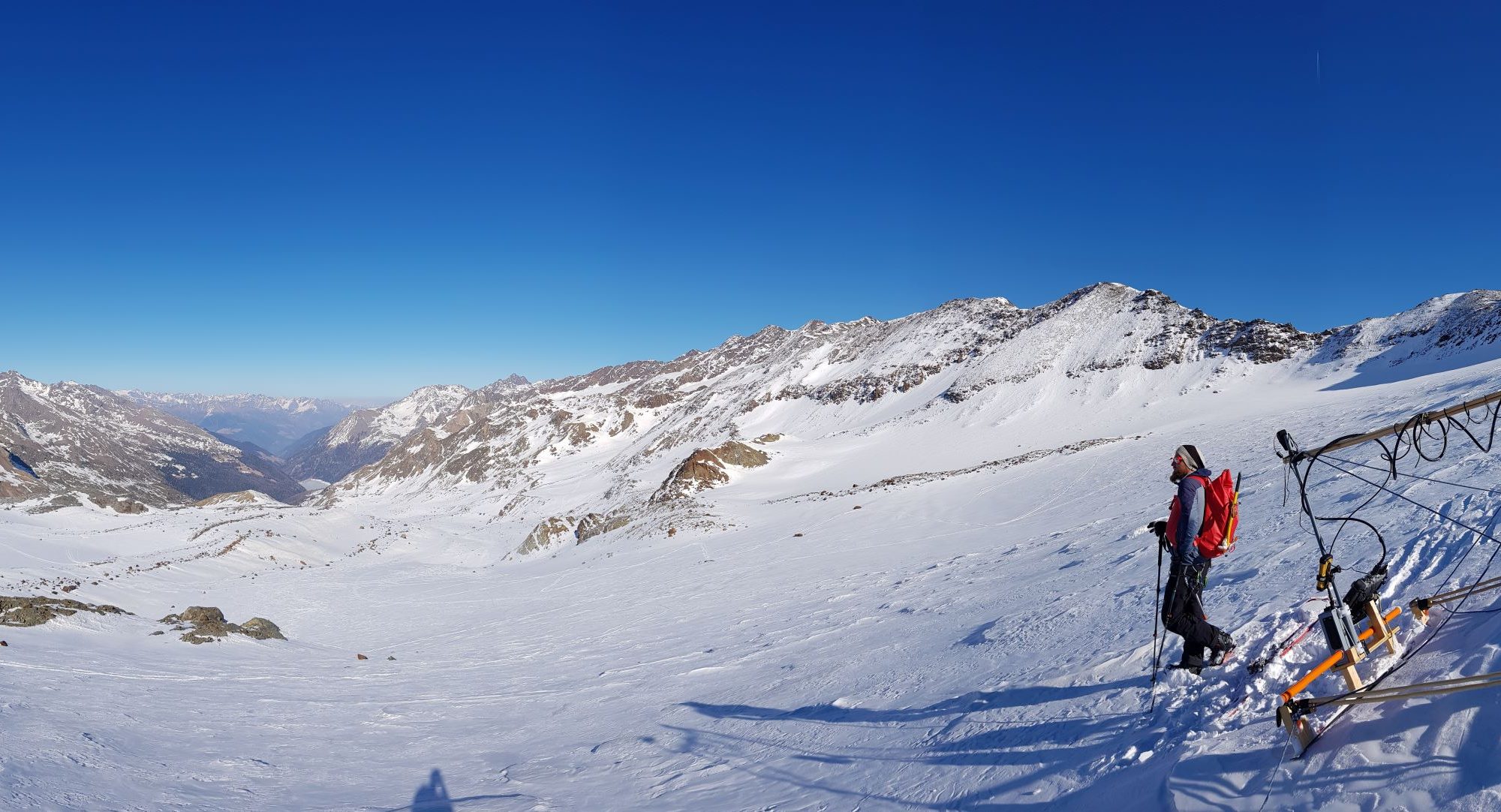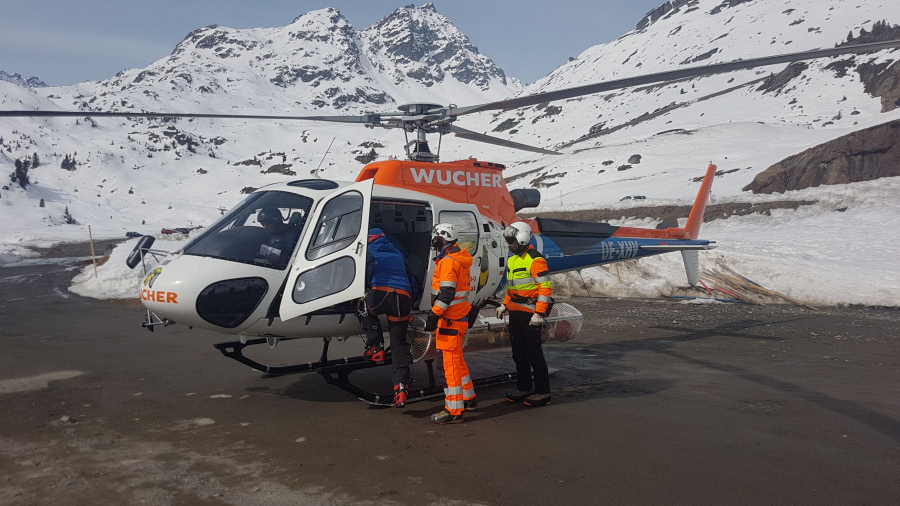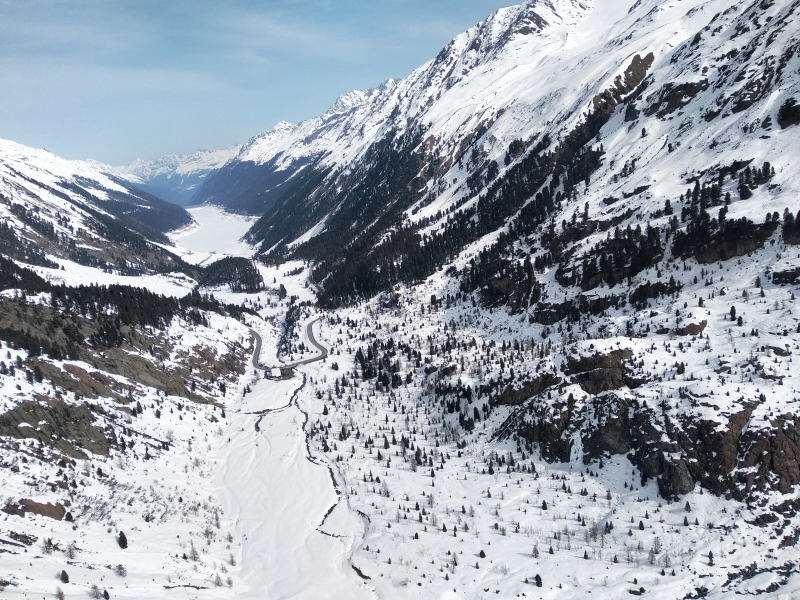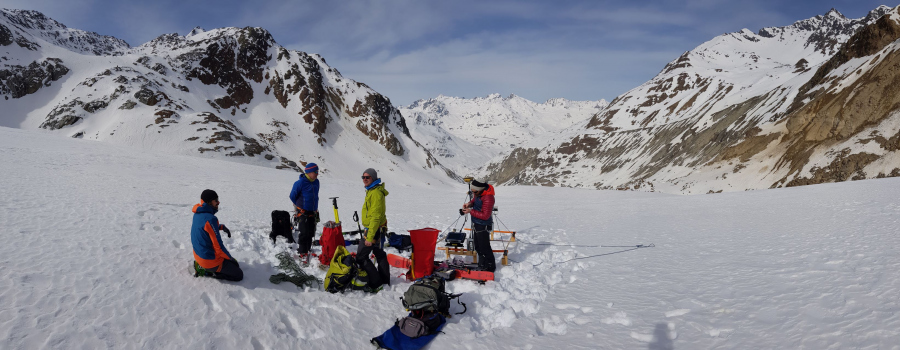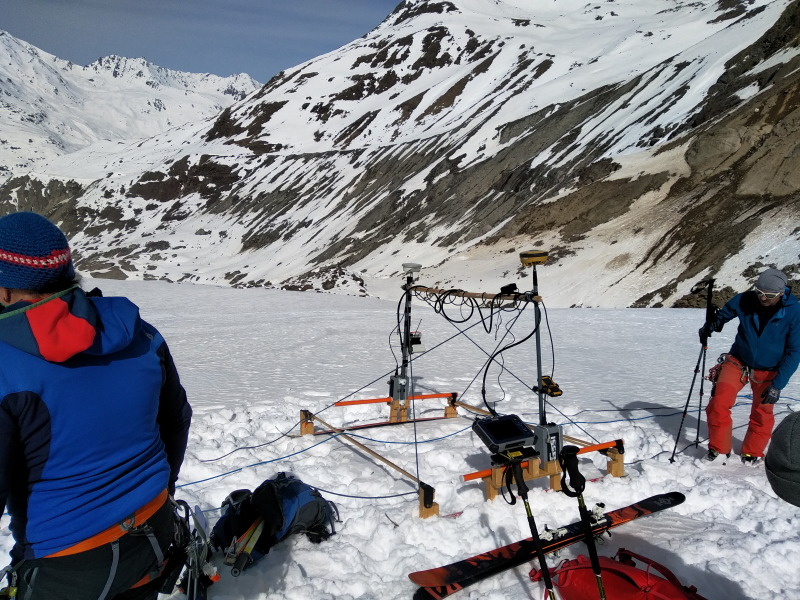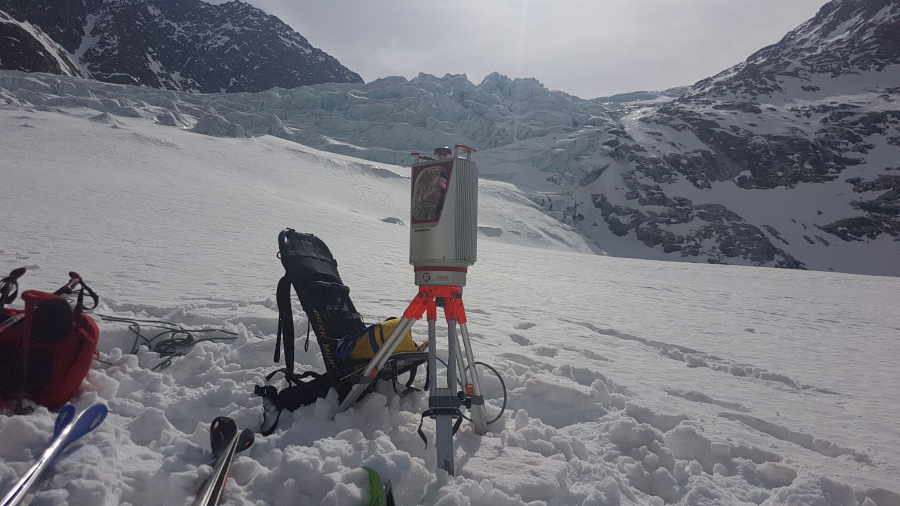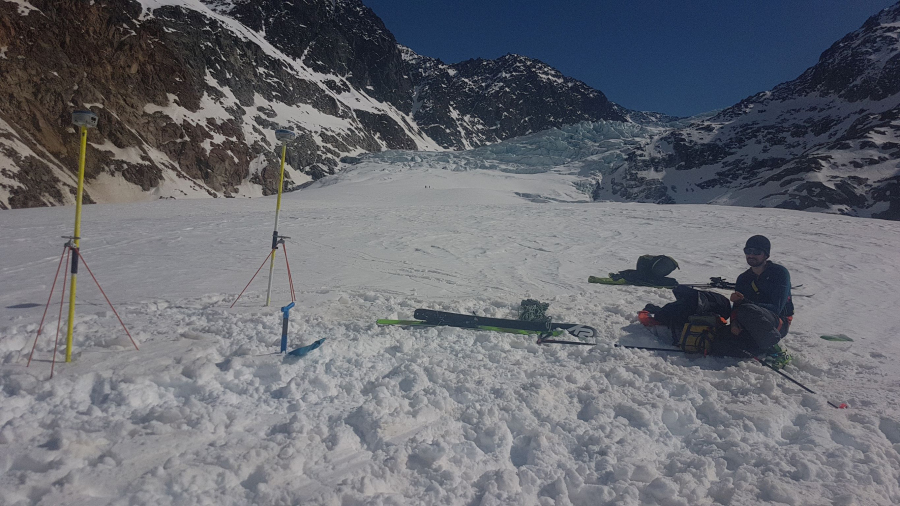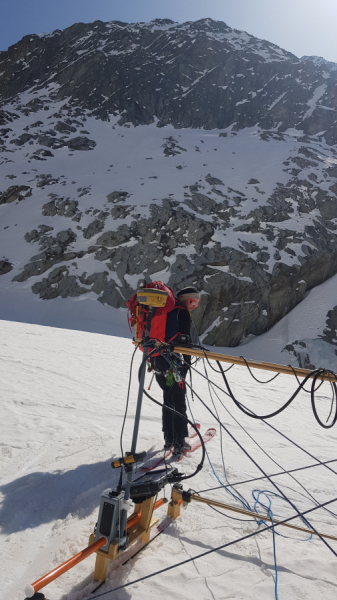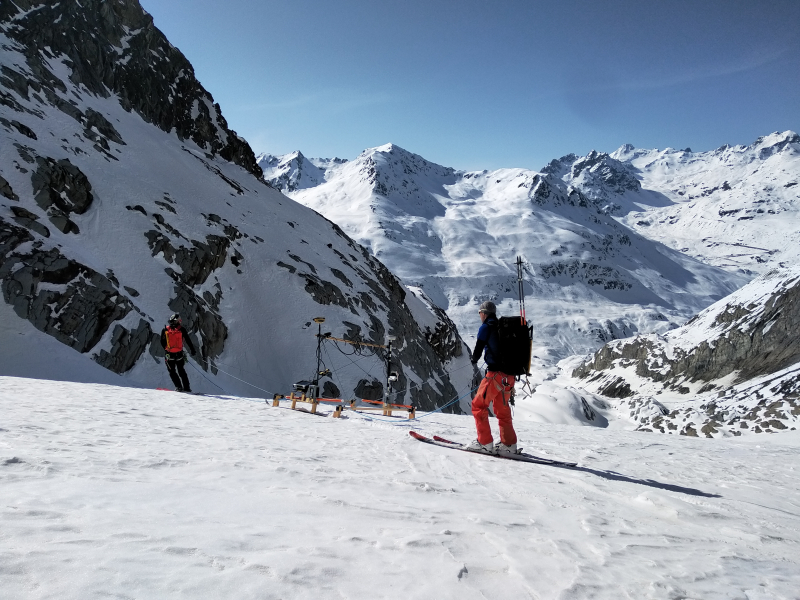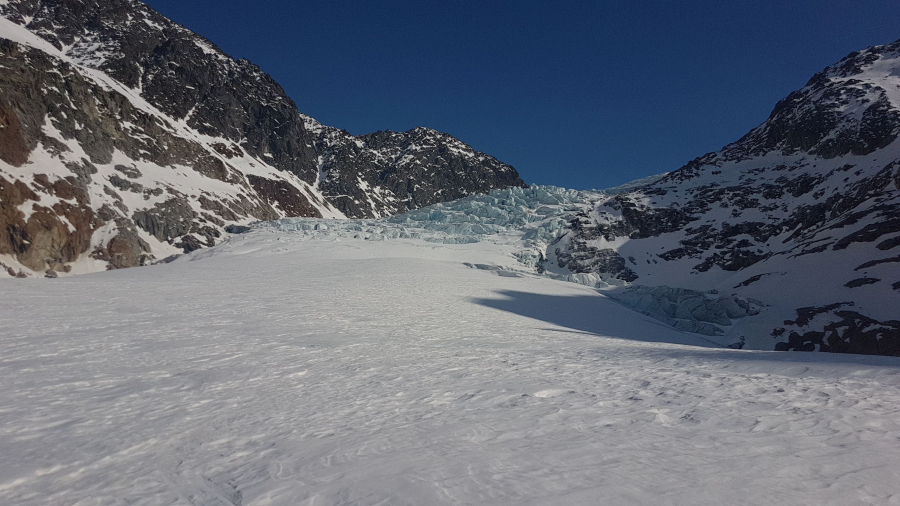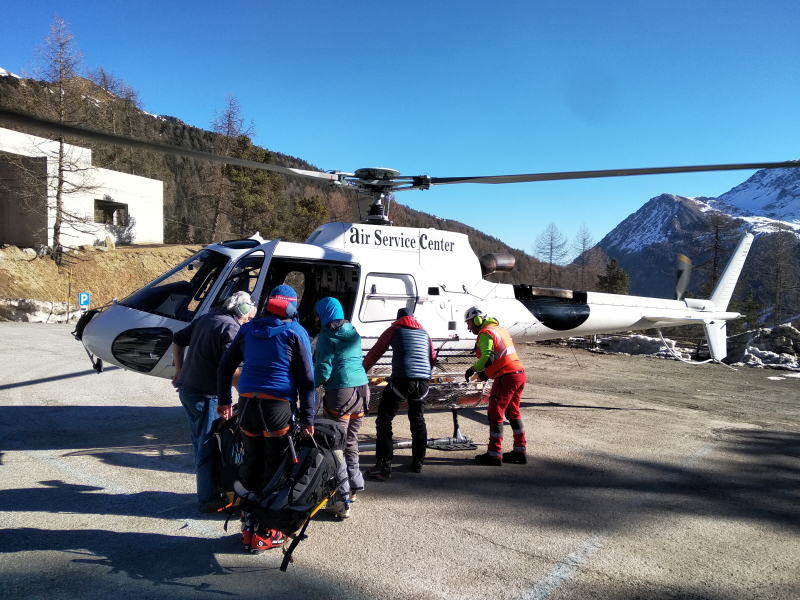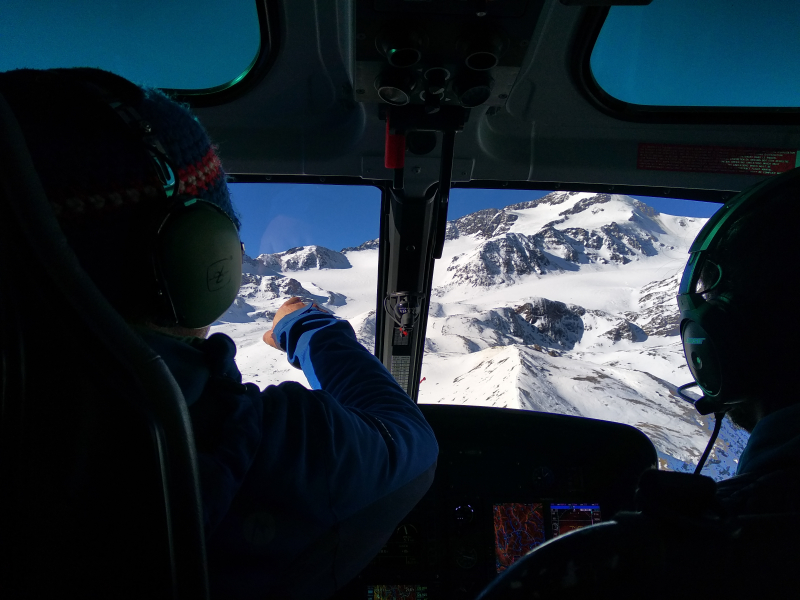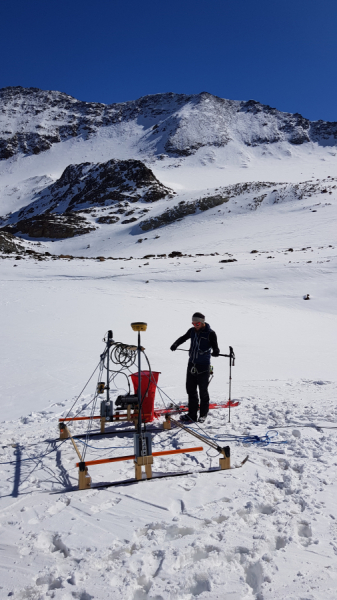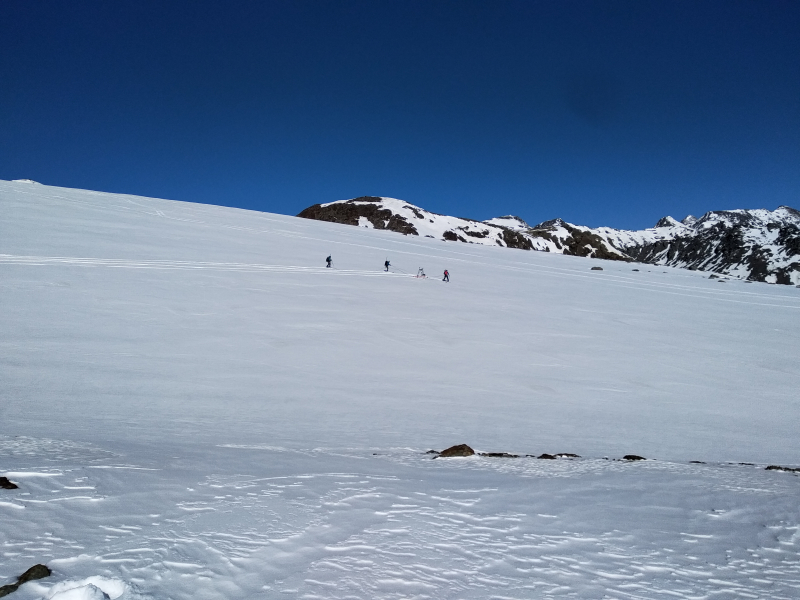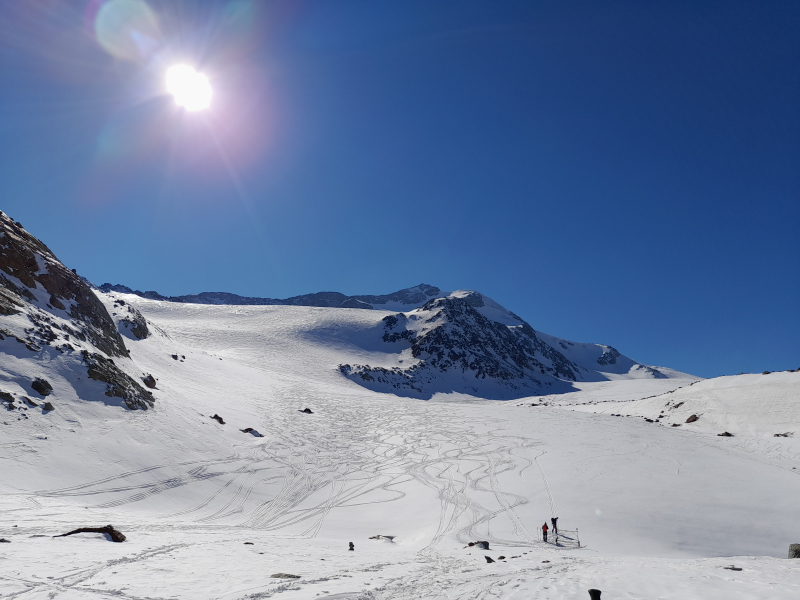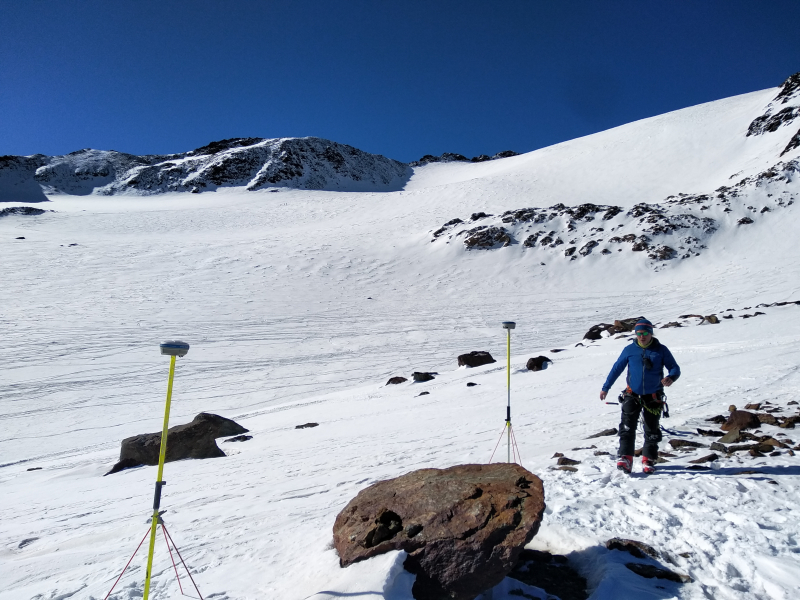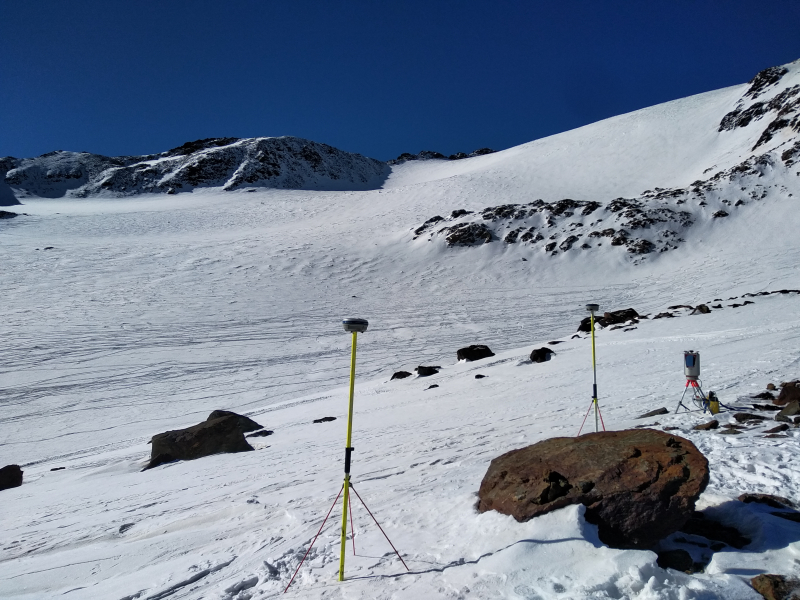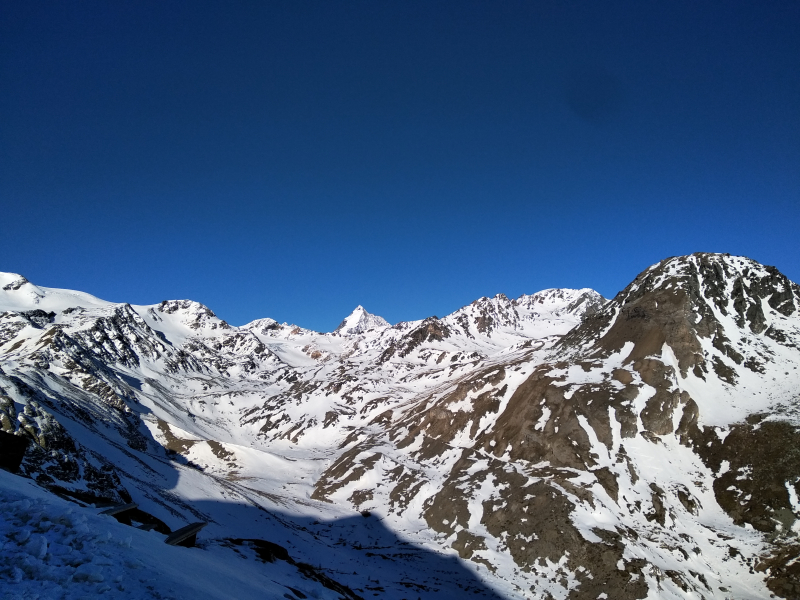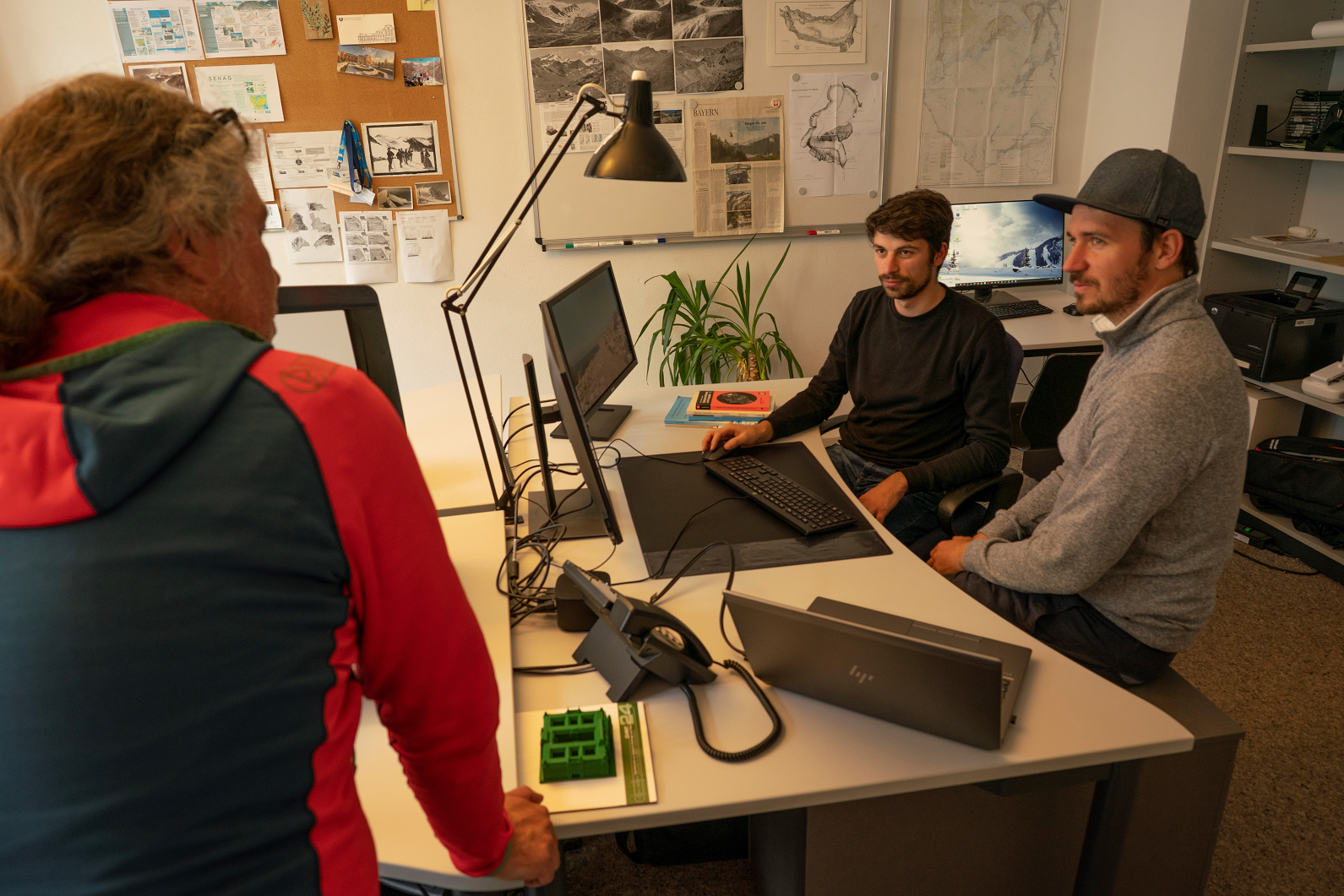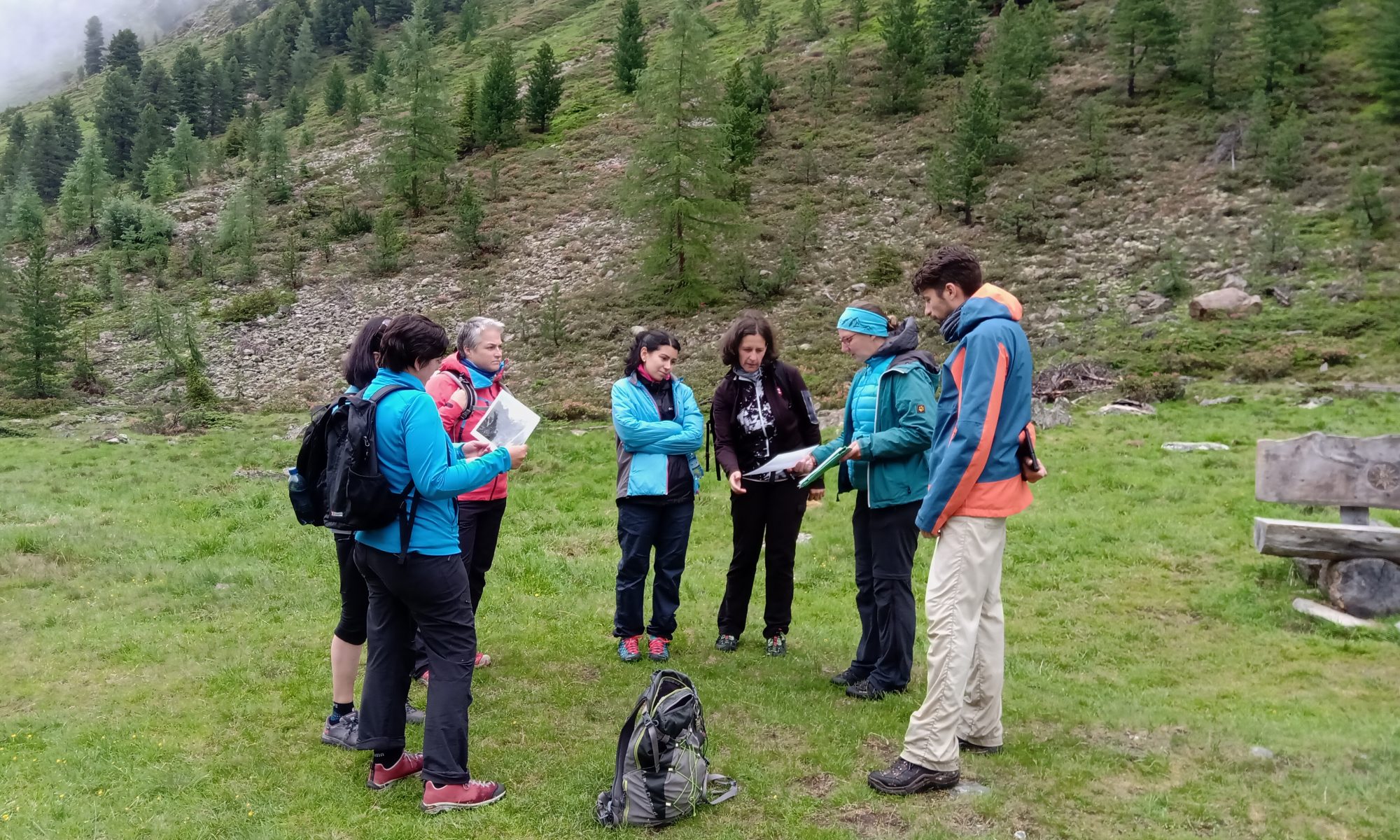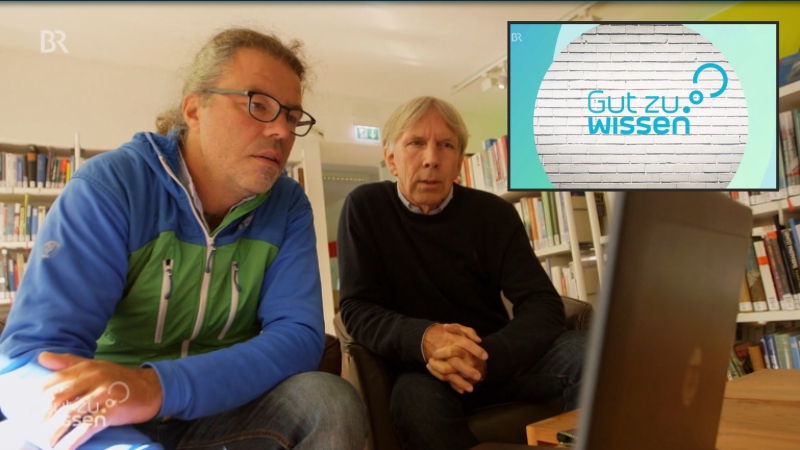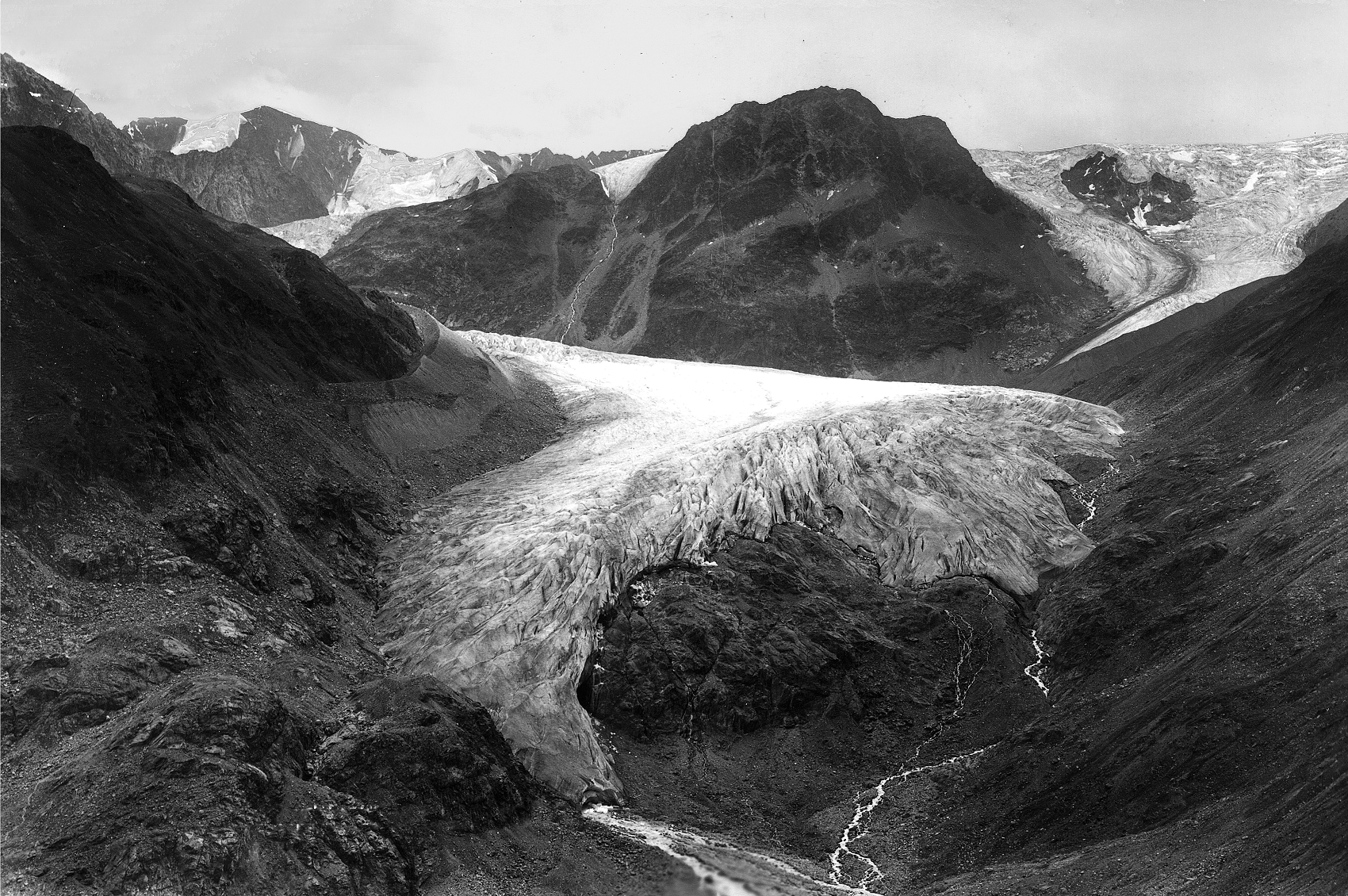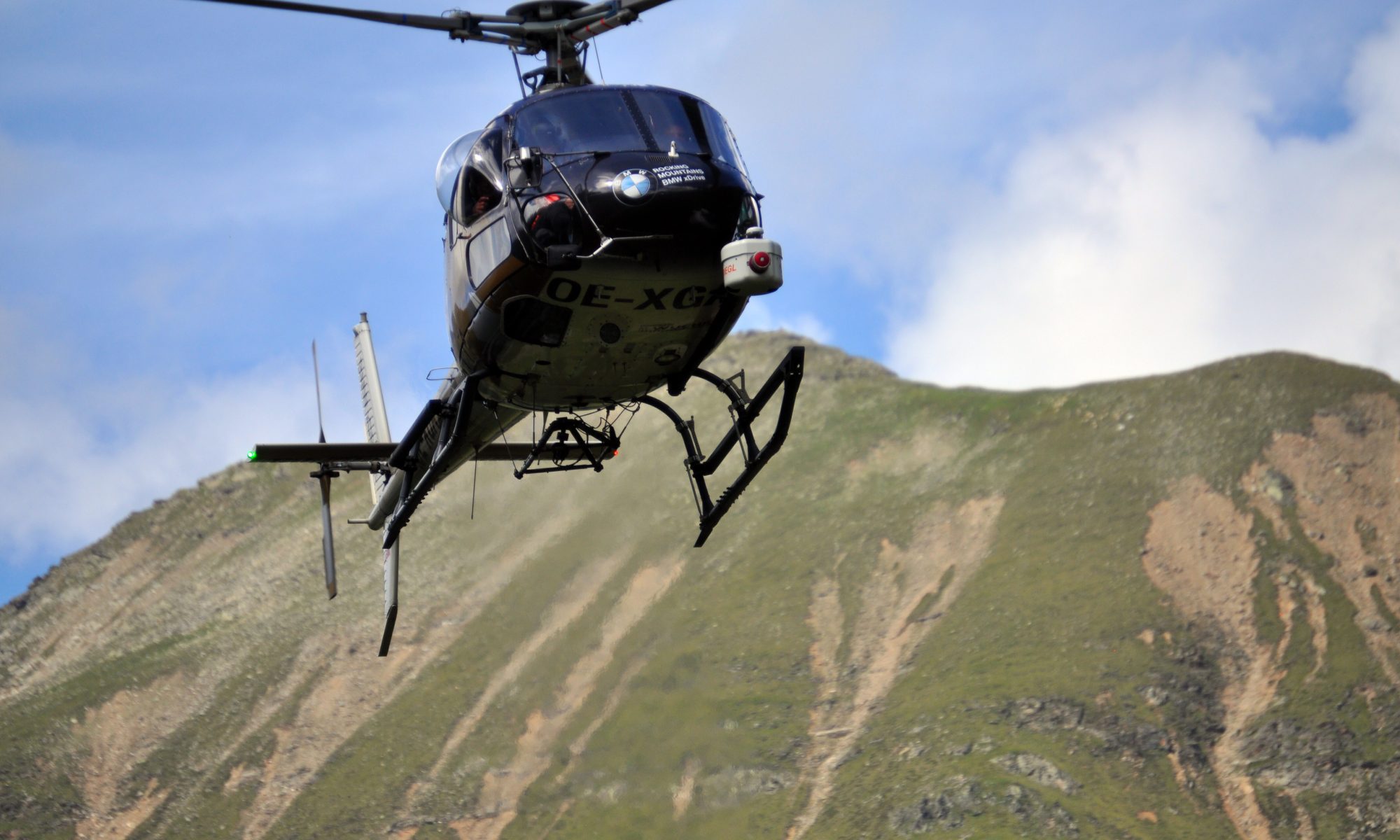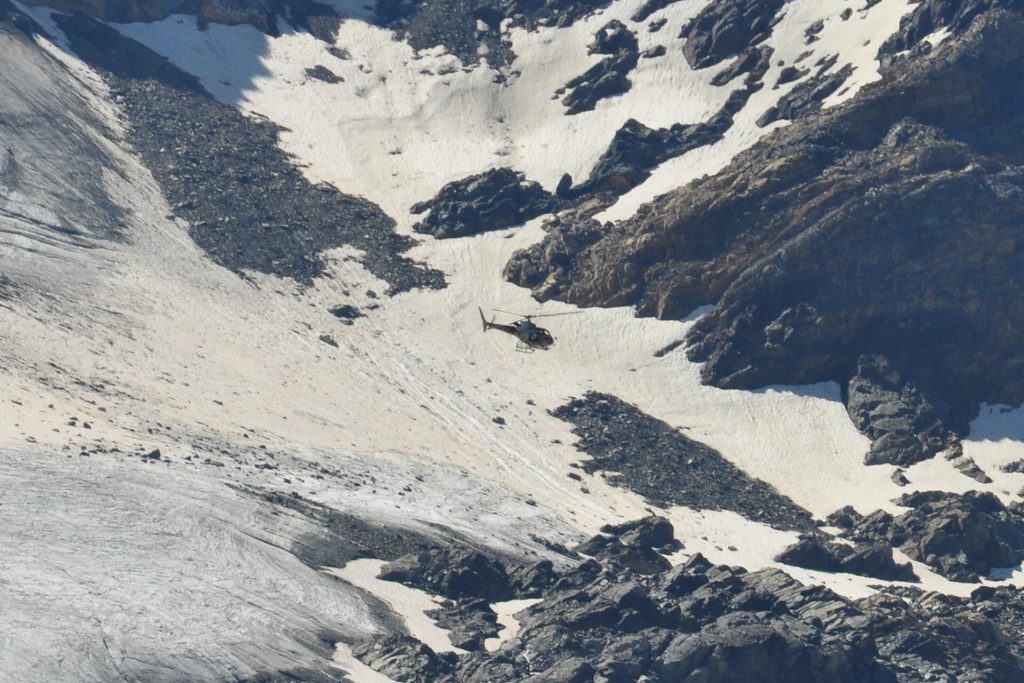Nachdem die TV-Dokumentation „Rettung für die Alpen – Unterwegs mit Felix Neureuther“ seit ihrer Premiere im September 2021 auf National Geographic zu sehen war, ist sie nun auch in Auszügen auf dem Youtube-Kanal von National Geographic Deutschland zu sehen. Im Zuge der Dreharbeiten kam Felix Neureuther auch an die KU Eichstätt-Ingolstadt, um von PD Dr. Florian Haas mehr über die SEHAG Forschungsgruppe zu erfahren.
Im folgenden Ausschnitt aus der Dokumentation erklärt Haas, wie in SEHAG historische Daten wie Karten und Photographien seit der Mitte des 19. Jahrhunderts in Verbindung mit modernen und hochgenauen Messungen wie Laserscans verwendet werden, um die Veränderungen der hochalpinen Geosysteme aufzuzeigen. Im Anschluss veranschaulichen Florian Haas und Jakob Rom mithilfe des vom Teilprojekt PHOTO entwickelten Monoplotting-Tool die Gletscherschmelze seit Beginn des 20. Jahrhunderts am Beispiel des Gepatschferner im Kaunertal:



